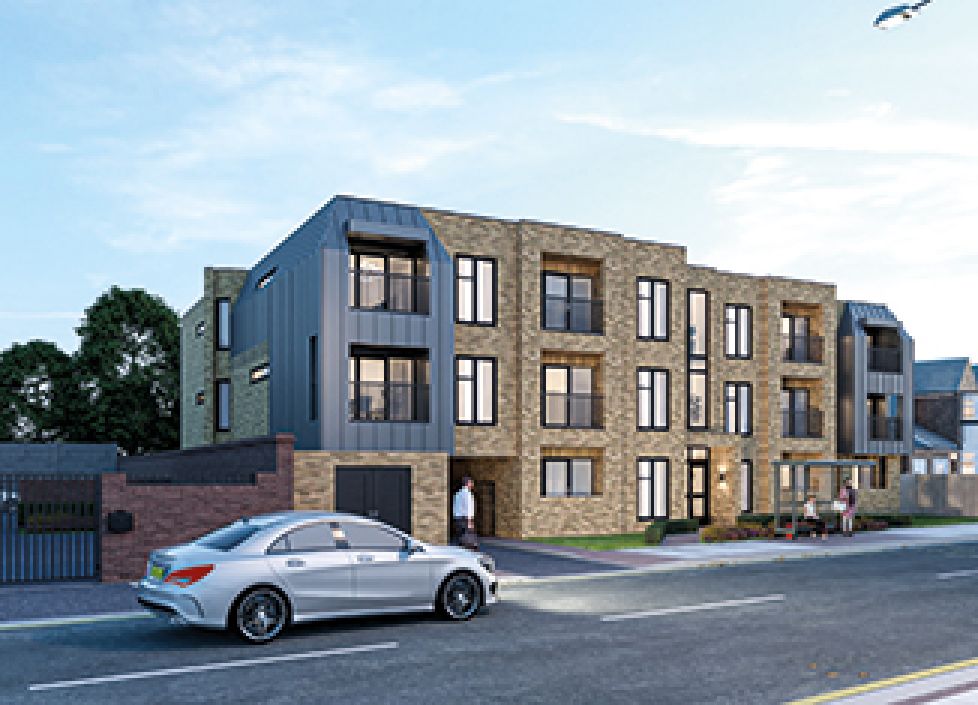Buy-to-let lending in the first quarter of 2012 was almost one-third (32%) higher than a year earlier, according to data from the Council of Mortgage Lenders (CML). But the overall picture was mixed, with lending in the sector 5% lower than in the preceding quarter.
In the longer-term, growth of buy-to-let is continuing, but recovery is from a low base.
In the first three months of the year, lenders advanced 32,300 buy-to-let mortgages, worth £3.7 billion. Most of the quarterly decline in activity was accounted for by house purchase lending, which was down 9% while re-mortgaging was 1% lower.
Year-on-year, both lending for house purchase and re-mortgaging were around 30% higher. This contributed to an expansion of buy-to-let’s share of the overall mortgage market. The sector accounted for 12.8% of the value of outstanding mortgages at the end of the first quarter, up from 12.6% three months earlier and 12.2% a year ago. There are now 1.4 million buy-to-let mortgages outstanding, worth £159.4 billion.
CML say that their data shows a marginal tightening of buy-to-let lending criteria in the first quarter as the average maximum loan-to-value remained at 75%, but the average minimum rental cover edged back up to 125% – a level that has prevailed for much of the last three years. In the preceding quarter, average minimum rental cover had dropped to 123%.
The number of buy-to-let mortgages in arrears fell a little in the first quarter, and arrears levels in the sector remain lower than in the mainstream market. At the end of March, around 1.7% of buy-to-let mortgage were in arrears of more than three months (including cases where a receiver of rent had been appointed), compared to around 2% in the owner-occupied sector.
The number of buy-to-let properties taken into possession equated to 0.12% of the total, a level that has remained virtually unchanged in each of the last five quarters (the rate in the owner-occupied sector is 0.08%). In absolute terms, the number of possessions in the buy-to-let sector is only a small proportion of the total.
The year-on-year expansion of the buy-to-let sector means that lenders are helping to fund an expansion of the private rented sector. But while buy-to-let has become an important component of UK housing provision, the current levels of lending activity are only around one-third of their peak in 2007.
The monthly magazine providing news analysis and professional research for the discerning private
investor/landlord




















